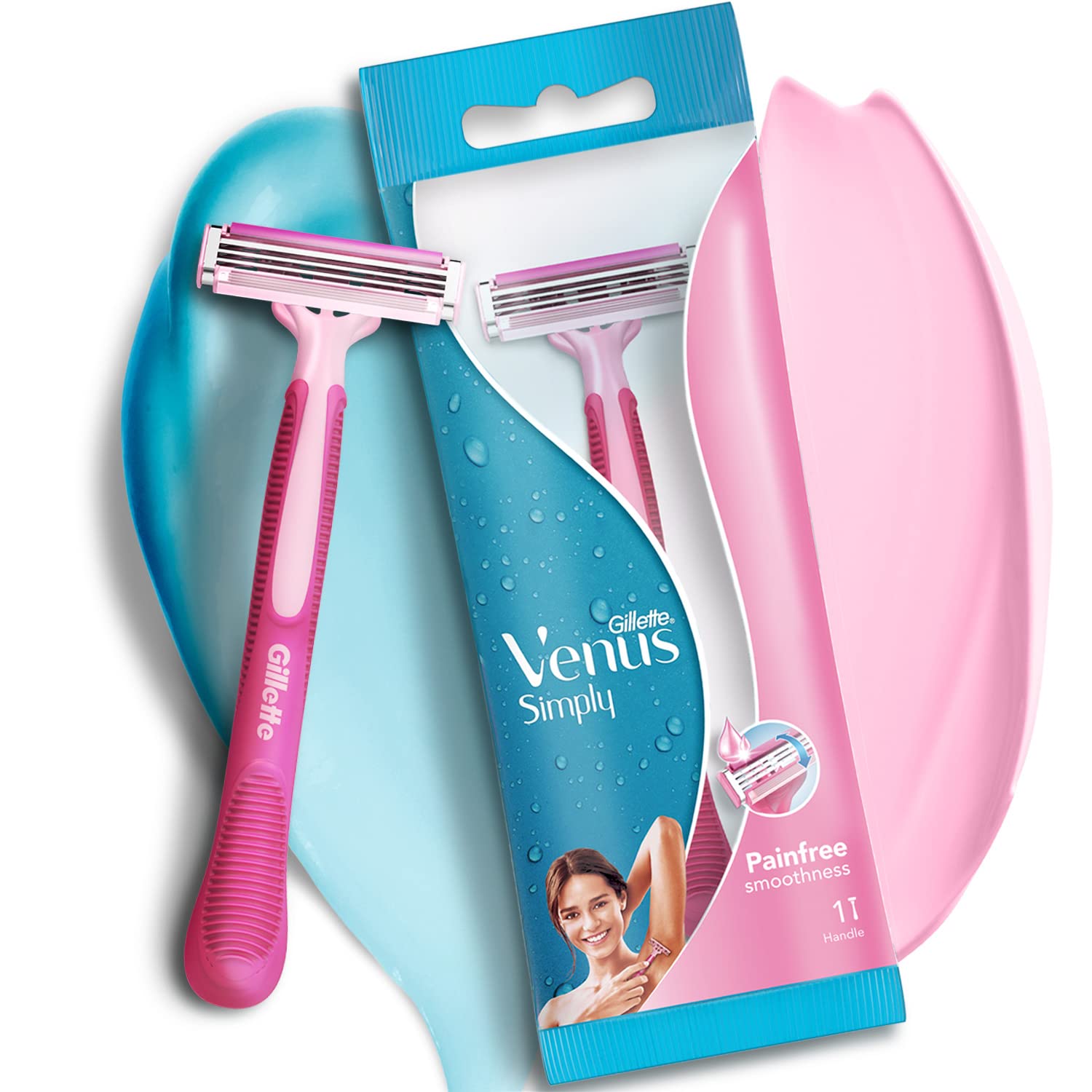Gillette Venus: Listening To The Customer

Gillette was going through a rough patch when they launched a shaving system targetted specifically at women and not an extension of the men’s range
Shaving products designed with women in mind were severely lacking in the marketplace. An opening presented itself for a new brand to enter the market since current products did not sufficiently cater to women’s shaving demands and inclinations.
Up until the launch of Gillette Venus in 2001, men’s grooming products dominated the shaving industry, leaving women with few options.
Innovation is key for Gillette. Products with a shelf life of fewer than five years account for 40% of total sales.
Razors and blades made up 35% of Gillette’s revenue in the early 2000s. The market leader in the $1.6 billion disposable razor, blade, and shaving sector. In 2000, sales of razors dropped 7% to $105 million, which was more than the 6% drop in the category as a whole. The category as a whole had a gain of 4.6% in sales, but blade sales increased by 6% to $743 million. Among the most popular brands, Mach3 had a 10% decline to $53 million in sales, while Sensor Excel for Women saw a 30% increase to $22 million.
From the Ground Up
The procedure for developing novel products at Gillette was very clear. Before beginning their workday, research panellists visit shaving laboratories located near the company’s headquarters in Boston to test out prototype razors. Every six weeks or so, members of the task force would fly around the globe to share notes.
Research
The Gillette R&D labs in the United Kingdom created the triple-blade technology that Venus used. It was based on Mach3, Sensor, and Sensor Excel for Women, and extensive consumer research through shaving panels, toll-free calls, and what the team affectionately refers to as “The Blair Witch Project” helped. They entered the ladies’ room, figuratively speaking. Like in “Blair Witch,” the interviewer doubled as the cameraman.
To discuss shaving, they scheduled a visit to the women’s bathrooms. Every time they said, “Show us where you keep your razor,” they would gesture to the shower, and the bathroom would be spotless. When asked where they kept their blades, they would respond with a confused expression and show them a disorganised drawer. They would usually claim, “I must be out of cartridges,” eight times out of ten. “Out of sight, out of mind, out of stock” was the team’s catchphrase. The team designed a new storage package “to keep everything in sight, in mind, and stock” because of it.
Focus groups evaluated the final design. Moderators had to warn users not to touch the sharp blades since the oval cartridge seemed so pliable. Some women, in an unsettling move, removed the blades by hand when asked to show the process. Changing blades is a hassle, according to most groups; some even reported being soaked as they jumped out of the shower. While Europeans keep their razor blades in a separate location, North Americans keep their razors in the bathroom.
Gillette came up with a shower case to hold everything, so you can keep the blades dry and within reach while you wash. To keep it out of the hands of children and out of the way of shampoo bottles, the case may be hung using adhesive strips.
The development team also branded the blade packaging. A common gripe is that there is no marking on the case once removed from their packaging, leading customers to purchase the incorrect replacement blades.
Choosing a Name
For the women’s division, building a brand was something new. This “Mach3 for Women” thing wasn’t going to work. The team found inspiration in Botticelli’s Birth of Venus, a famous picture. There were some thoughts that consumers may be unfamiliar with the ancient Roman goddess of love and beauty. “But if your product is named Venus, eventually, that’s what people will associate it with.”
Creative Route
After the name is decided, the creative platform is developed: “Every woman can feel like a goddess.” The team defines “goddess” as “modern, not ancient; confident, but not arrogant; elegant, but never frilly.” Humorous advertisements are more effective.
Marketing
Gillette Venus, a brand that caters to women’s unique grooming requirements, debuted a series of ads that aim squarely at female consumers. The advertising and branding campaigns focused on the product’s positive qualities and the experience it provided women.
The Result
Venus achieved unprecedented success and has maintained it to this day.
The overall goal of the Gillette Venus line of products was to meet the unique shaving requirements of women by introducing cutting-edge innovations that outshone the competition. The success of the brand proved that it is crucial to study market trends and customer tastes before releasing new items.



